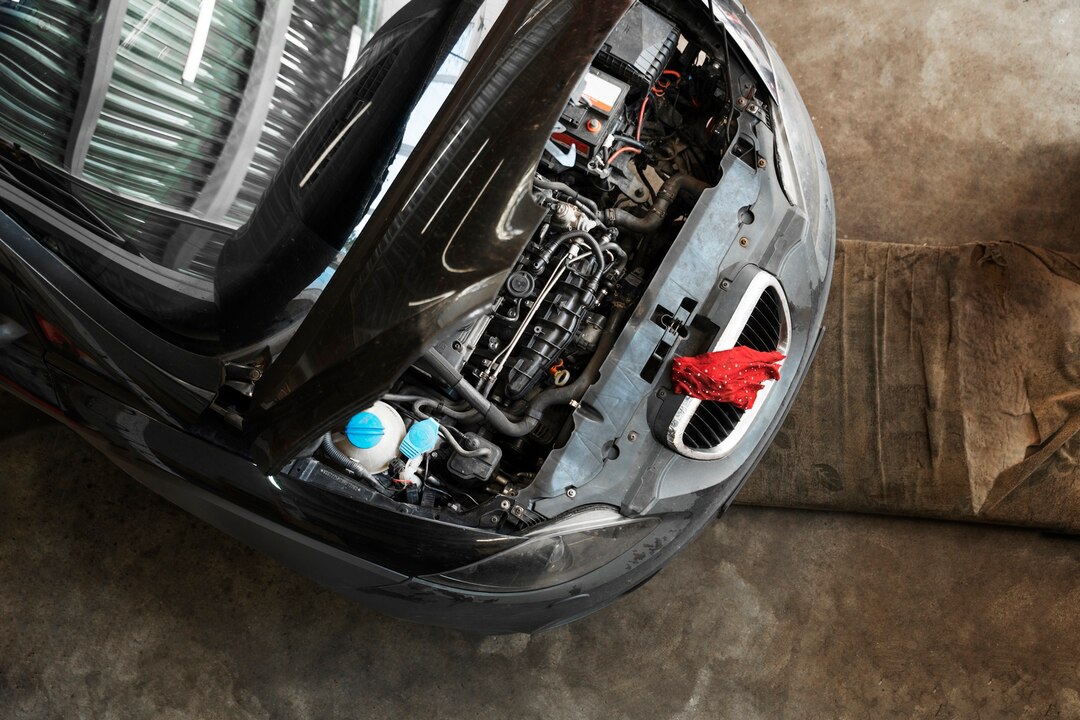The serpentine belt, also known as a drive belt, is a critical component of a car’s engine, responsible for transferring power from the engine to various auxiliary components such as the alternator, power steering pump, air conditioning compressor, and water pump. As a vital part of the engine’s operation, serpentine belts come in various types, each designed to meet specific vehicle requirements and performance needs. Understanding the different types of car serpentine belts is essential for proper maintenance and replacement. Let’s explore the various types in detail:
1. Standard Serpentine Belts:
Standard serpentine belts are the most common type found in vehicles on the road today. They are typically made of durable rubber materials reinforced with fibers such as polyester or aramid. These belts feature a ribbed design that matches the grooves on the pulleys of the engine accessories, providing efficient power transfer and smooth operation.
2. Stretch Fit Serpentine Belts:
Stretch fit serpentine belts are designed to provide a tighter fit on the pulleys without the need for tensioners or idler pulleys. They are typically used in applications where space is limited or where traditional tensioners cannot be installed. Stretch fit belts rely on their elasticity to maintain proper tension, ensuring reliable performance in compact engine compartments.
3. Dual-Sided Serpentine Belts:
Dual-sided serpentine belts feature grooves on both sides of the belt, allowing them to drive multiple rows of pulleys simultaneously. These belts are commonly used in heavy-duty applications or vehicles with multiple accessory drives, such as commercial trucks, buses, or high-performance vehicles. Dual-sided belts provide increased durability and improved power transmission compared to standard belts.
4. Ribbed Serpentine Belts:
Ribbed serpentine belts, also known as multi-rib belts, feature multiple ribs running parallel along the length of the belt. These belts are designed to provide increased surface contact with the pulleys, resulting in improved traction and reduced slippage. Ribbed belts are commonly used in high-performance vehicles or applications with high torque loads, such as racing cars or heavy-duty trucks.
5. Variable-Speed Serpentine Belts:
Variable-speed serpentine belts are designed to adjust their tension and speed based on engine load and operating conditions. These belts utilize advanced tensioning systems or automatic tensioners to maintain optimal tension and performance at all times. Variable-speed belts are commonly used in modern vehicles with advanced engine management systems and variable displacement technology.
6. Kevlar Reinforced Serpentine Belts:
Kevlar reinforced serpentine belts are designed for applications requiring maximum strength and durability. These belts feature a core made of Kevlar fibers, known for their exceptional tensile strength and resistance to stretching and abrasion. Kevlar reinforced belts are commonly used in high-performance vehicles, off-road vehicles, or industrial applications where extreme conditions are encountered.
7. Specialty Serpentine Belts:
In addition to the standard types mentioned above, there are various specialty serpentine belts designed for specific applications or unique requirements. These may include belts with anti-slip coatings, noise-reducing features, or specialized materials for enhanced performance in specific environments.
The serpentine belt is a critical component of a car’s engine, responsible for driving essential accessories and systems. Understanding the different types of serpentine belts available is essential for selecting the right belt for your vehicle’s needs and ensuring optimal performance and reliability. Whether it’s a standard belt for everyday driving or a specialized belt for high-performance applications, choosing the right serpentine belt is key to keeping your vehicle running smoothly on the road.











